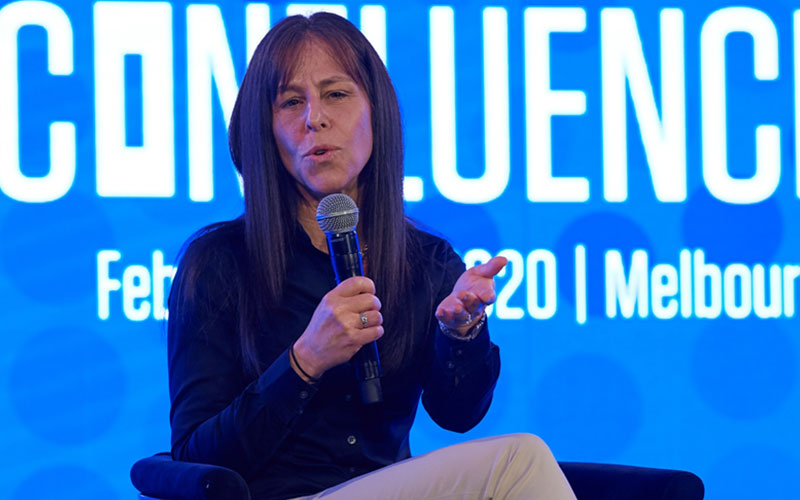
With ubiquity comes complexity. For the digital-age CIO, the complexity is magnified manifold not just by the sheer mulitude of technology streams, but also those rowing their boats in them. As technology becomes pervasive in every enterprise function, the CIO must rewrite the book on governance.
At Confluence, Sundi Balu, Lead Partner at DigiB sought to decode some of the new rules of the enterprise technocracy. His panel of change governers and rule shapers: Debbie Taylor, CIO, NBN; Håkan Eriksson, Group CTO and Executive, Product Strategy & Innovation, Telstra; and Jonathan Gibson, CIO, Westpac Institutional Bank.

Key Takeaways

From the best horse to inventing the car
Then: a bright idea followed by a machine to support it. Now: a machine that becomes the idea itself. IT is fast becoming the engine and not the wheels of a digital business: where technology is the strategy that catapults the change.

Load up the bandwagon wisely
The hypecart is inevitable when the digital harvest is aplenty. A fear of irrelevance arises from not having adopted every new technology that pops up. That’s where the CIO must rein it in: plant 3 or 4 big seeds, and grow them well.

The island that casts out bridges
IT used to be a department unto its own, an island. The future might see the structure rebuilt around the needs of the customer: bridges that lead out to multiple business paths, creating a federation diverging from a function.

Fire fighters versus fire preventers
A new IT culture seeks to reward a newer kind of initiative. One that is characterised by problem-spotting: where people are driven to move beyond reactive remediation to solution imagination. And this shift is for the CIO to enable.
What’s next is that we will see a lot more focus on removing digital noise within our environments.








